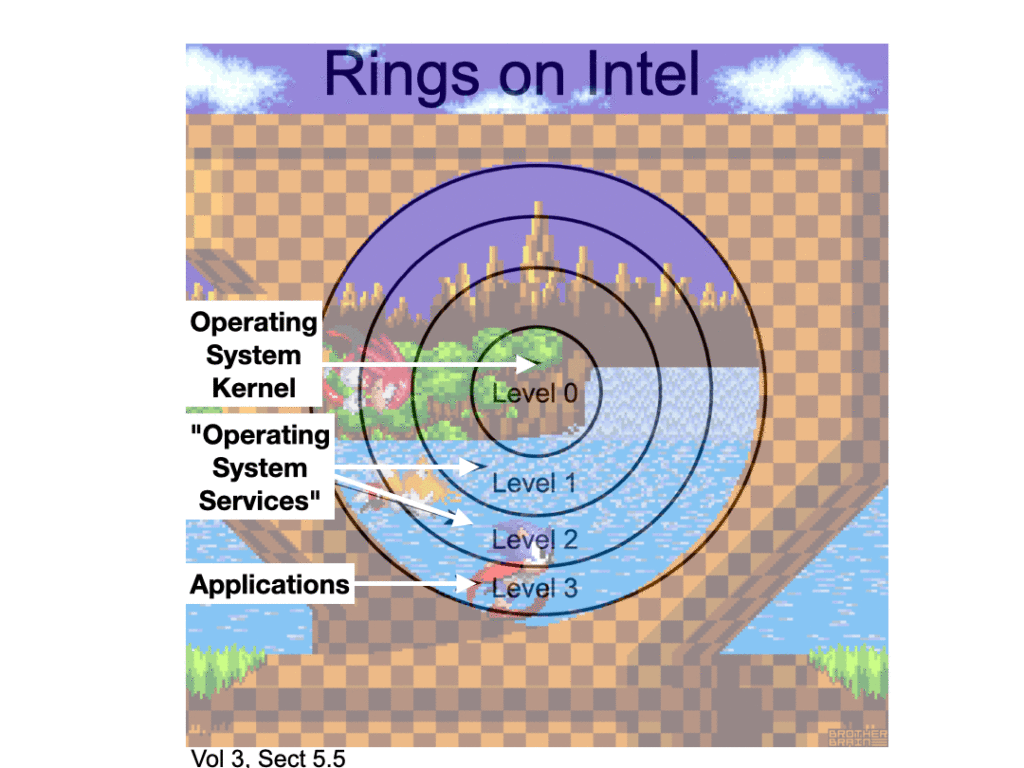
Attend In-person$2,299.00
| Date | Day | Time | Duration |
| 21 Aug | Monday | 0900-17:00 ICT/GMT+7 | 8 Hours |
| 22 Aug | Tuesday | 0900-17:00 ICT/GMT+7 | 8 Hours |
Go HERE to take this class as a 4-Day Buffet course.
Go HERE to take this class as a 3-Day Buffet course.
Go HERE to join just the x86-64 assembly class.
Go HERE to join just the x86-64 Intel Firmware Attack & Defense class.
Because we give you all the lecture and lab materials and videos after class, what you’re really paying for is support from the instructor! So you’ll be entitled to keep asking up to 20 questions after class, with 1-2 hour turnaround answers (after accounting for time-zone differences.) This lets you keep productively working through the material if you run out of time at the conference. If you’d like to learn more about the benefits of this style of class delivery, please read this blog post
“I really liked that figure 2-2 being literally covered during the class. I was not expecting all of those concepts becoming familiar after the class. I felt really fulfilled after each section that we completed.”
“I enjoyed the class very much, especially the easy-going approach of Xeno presenting the material, whereby he does not make you feel overwhelmed about the material, but on the contrary he makes the content more approachable and within grasp to anyone who would like to learn very low level concepts. I also liked a lot that he also structure the course in such a way, that it really flows from the one topic to the next, which happens naturally, and also provides a top-bottom overview of the concepts taught, also facilitating getting a good grasp of the concepts.”
“The class was excellent, really high quality. What I want to see in the future is more of this high quality content.”
“I like the way videos are made for the classes. I like because there are interesting correlations made for some topics of the classes with some funny stuffs from real life, and Sonic of course, that make the learning process much easier. “
“The class is very well structured and fits very well someone looking to acquire the basics and expand its foundations.”
“The course was precise, engaging and the delivery was delightful. Xeno knows his content, the audience and the relevance to modern technology is clearly visible in the course. By the end of the course you will be more knowledgeable, confident and a little brain hurt. Can’t wait for the subsequent courses.”
“I watched some of the classes in 1.5x in general. But I think the normal pace of the videos were also quite good. I found the tiny references to popular games and movies during the lecture quite useful for maintaining attention to the material.”
“I enjoyed having the transcripts.”
Introduction
CPUID
Processor Execution Modes
Model Specific Registers (MSRs)
Privilege Rings & Segmentation
Interrupts
System Calls
Read the Time Stamp Counter (RDTSC)
Paging and Virtual Memory
Interrupts & Debugging
Port IO
Conclusion
Go HERE to take this class as a 4-Day Buffet course.
Go HERE to take this class as a 3-Day Buffet course.
Go HERE to join just the x86-64 assembly class.
Go HERE to join just the x86-64 Intel Firmware Attack & Defense class.
